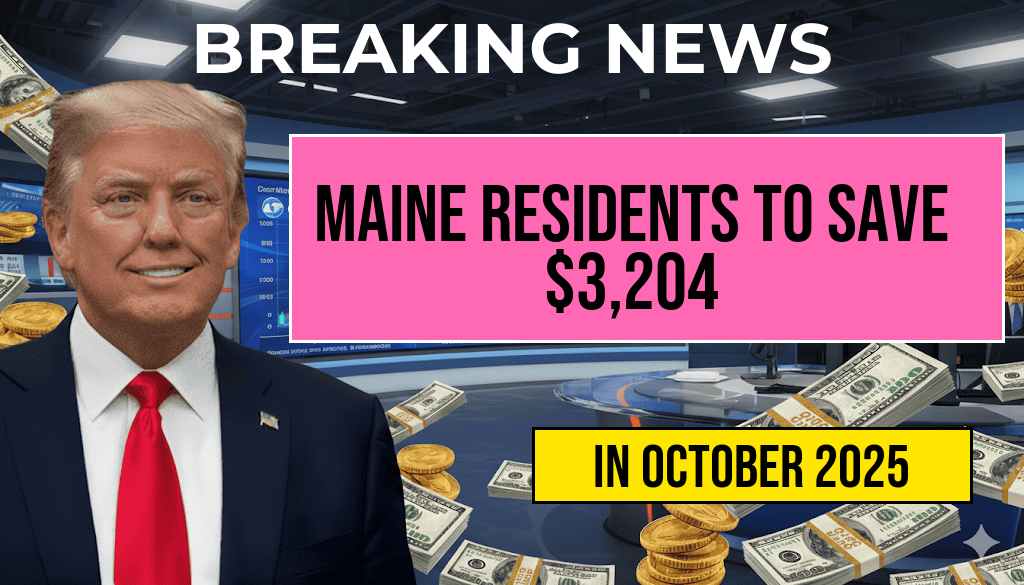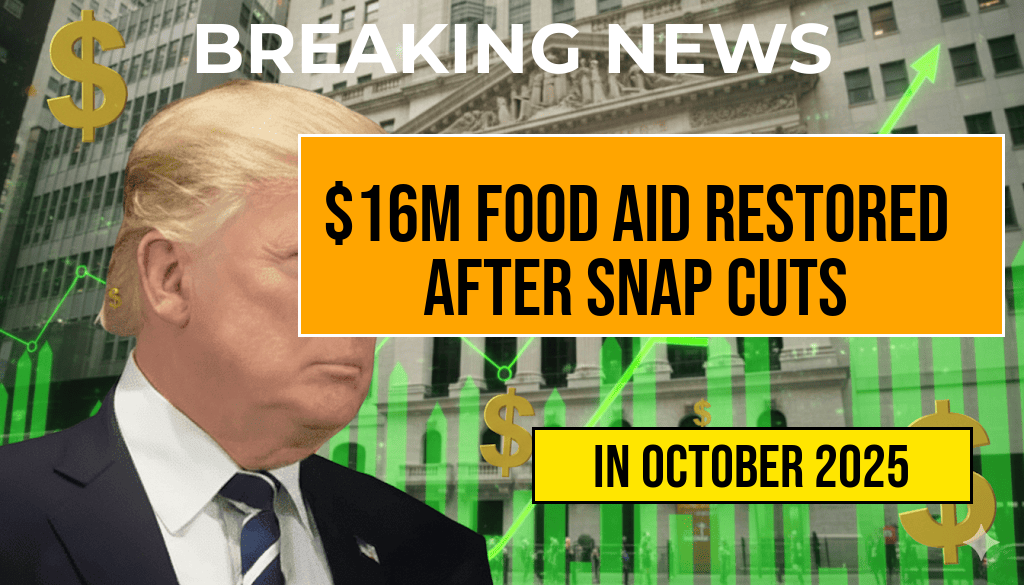As federal policymakers prepare for a comprehensive overhaul of the Supplemental Nutrition Assistance Program (SNAP) scheduled for 2025, concerns are mounting over potential benefit reductions that could leave thousands of households at risk of losing critical support. Estimates suggest that approximately $3,000 per household annually could be jeopardized for millions of low-income Americans, sparking debates over the future of food assistance. The proposed changes aim to tighten eligibility criteria and modify benefit calculations, but critics warn these measures may disproportionately impact vulnerable populations, including seniors, disabled individuals, and families with children. With the stakes high, advocacy groups and lawmakers are closely monitoring the developments, emphasizing the need for policies that balance fiscal responsibility with the imperative to prevent hunger among America’s most at-risk communities.
Understanding the Proposed SNAP Overhaul
Background and Rationale
The upcoming SNAP reform stems from a broader push to modernize federal food assistance programs and reduce federal expenditures. The Biden administration, along with congressional budget hawks, advocates for changes that include stricter asset tests, revised income thresholds, and adjustments to benefit calculations. The goal is to better target aid to those in most need and eliminate perceived inefficiencies. However, these modifications raise questions about their real-world impact, especially as inflation and rising living costs continue to strain household budgets.
Key Changes in Policy
- Asset Testing Expansion: New rules could reintroduce or tighten asset limits, potentially disqualifying households with savings or property assets that previously qualified them for benefits.
- Benefit Calculation Adjustments: Changes to how benefits are computed may reduce monthly allotments, with some estimates indicating a decrease of up to 10-15% for certain recipients.
- Work and Eligibility Requirements: Enhanced requirements could restrict benefits for able-bodied adults without dependents, especially in states with limited employment opportunities.
Who Will Be Affected?
Households at Risk of Losing Benefits
Analyses from policy research organizations suggest that roughly 1 million households could see their SNAP benefits reduced or eliminated under the new rules. Among those most vulnerable are:
- Low-income seniors: Many rely on SNAP to supplement limited retirement income, and stricter asset tests could disqualify some.
- Disabled individuals: Those unable to work face heightened scrutiny, risking eligibility if their assets or income exceed new thresholds.
- Working families: Especially those in low-wage jobs or with fluctuating hours, may experience benefit cuts due to revised income calculations.
Financial Impact on Households
| Household Type | Estimated Benefit Reduction | Approximate Annual Loss |
|---|---|---|
| Single Elderly | 15% | $1,200 |
| Disabled Adults | 12% | $1,000 |
| Working Families | 10% | $1,800 |
These figures highlight the potential for significant financial strain, especially as food prices continue to rise. A reduction of this magnitude could force households to make difficult choices between essentials such as housing, healthcare, and nutrition.
Political and Public Response
Lawmakers and Advocacy Groups React
Members of Congress from both parties are divided on the overhaul. Supporters argue that reforms are necessary to curb fraud and ensure taxpayer dollars are used effectively, referencing studies on program efficiency. Conversely, advocacy organizations like Feeding America warn that benefit cuts could exacerbate food insecurity, especially amid ongoing economic uncertainties.
Some states have begun preparing to implement certain changes ahead of the 2025 rollout, with local officials voicing concerns over the administrative burden and potential hardship on residents. Consumer advocacy groups are urging policymakers to consider exemptions and safeguards to protect the most vulnerable populations from falling through the cracks.
Legal and Policy Challenges
Legal challenges are anticipated, particularly if benefit reductions are deemed to violate federal protections for low-income individuals. Courts may scrutinize the fairness of eligibility criteria changes, especially if they disproportionately impact marginalized communities.
For more information on SNAP and recent policy debates, visit Wikipedia’s overview of SNAP and Forbes’ analysis of the 2025 SNAP reforms.
Frequently Asked Questions
What is the main purpose of the 2025 SNAP benefits overhaul?
The 2025 SNAP benefits overhaul aims to reform the program to ensure fairness and financial sustainability. It seeks to update eligibility criteria, address fraud, and optimize resource distribution, which may impact current beneficiaries.
Who are the potential losers in the upcoming SNAP benefits changes?
Individuals and households with low income who currently rely heavily on SNAP benefits are at risk of receiving less or losing benefits. Specific groups include those with higher assets or income thresholds that may no longer qualify.
How much funds are at risk in the 2025 overhaul?
Approximately $3,000 per household in SNAP benefits could be at risk due to changes in eligibility and benefit calculations. The overhaul may lead to a significant reduction in assistance for some recipients.
When will the SNAP benefits overhaul take effect?
The reforms are scheduled to be implemented in 2025. Households should monitor official announcements for implementation dates and any criteria updates.
What can affected beneficiaries do to prepare for the changes?
Beneficiaries should review their eligibility and benefit status regularly, consider budgeting for potential reductions, and seek assistance from local support services or advocacy groups to understand their rights and options.








